How To Prepare Your Hair For Bleaching
Keep all the important pointers in mind before you embark on the journey to go blonde.
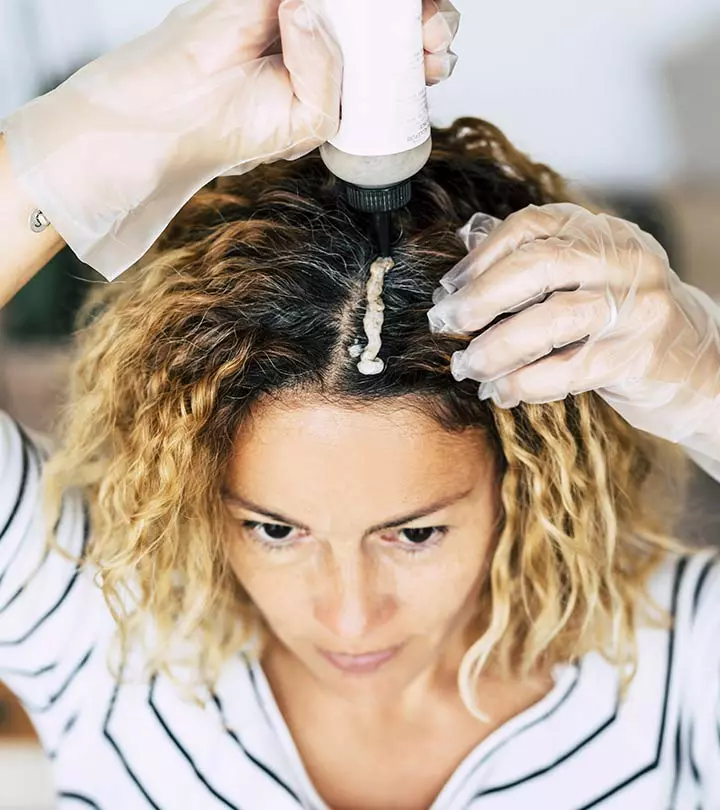
Image: Shutterstock
Bleaching is the best way to get a makeover. However, the harsh chemicals in the bleach can damage your hair and aggravate dryness. Hence, before bleaching your hair, it’s important to prepare your hair for bleaching to avoid damage and achieve the best results. This guide will take you through all the steps needed to ensure your hair stays strong and healthy throughout the process. Keep scrolling!
In This Article
How To Prepare Your Hair For Bleaching
1. Consider Your Hair Health
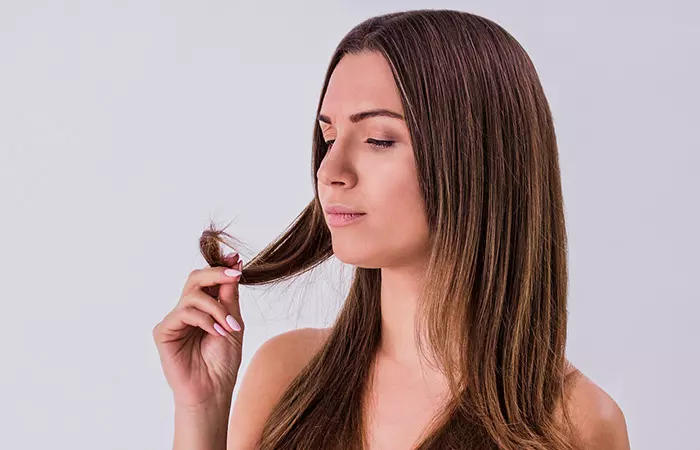
Consider the overall health of your locks before bleaching. Avoid bleaching dry, brittle, and damaged hair. If you have recently undergone chemical hair treatment, wait for at least two weeks before bleaching. Dyed, permed, and highlighted hair is also not suitable for the bleaching process as it may cause further damage.
Rachwat, a beauty blogger, spoke about how hair dyeing over the years had impacted her hair health. She said, “Other than the white hair snapping, I began to get really bad split ends, colour still doesn’t stay properly in my hair and the split ends make hair more difficult to style as my hair just doesn’t want to behave (i). ”
This simple graph illustrates how certain treatments make your hair lose strength and reduce mechanical resistance. While straightening and flat ironing straight and curly dark brown hair have caused a decrease in mechanical resistance, the bleaching/dyeing procedures increased the resistance of Afro-ethnic hair by 19%.

Mechanical Resistance Of Different Hair Types
Source: Mechanical Resistance Of Different Hair Types2. Stop Using Heat Styling Tools A Week Before Bleaching
Heat styling tools like rollers, flat and curling irons, and blow dryers strip natural moisture and oils and further damage your hair. Avoid these for at least a week before bleaching. Let your hair recover from the heat damage. Keep the strands moisturized to prevent any damage that may occur during the bleaching session.
3. Avoid Washing Your Hair
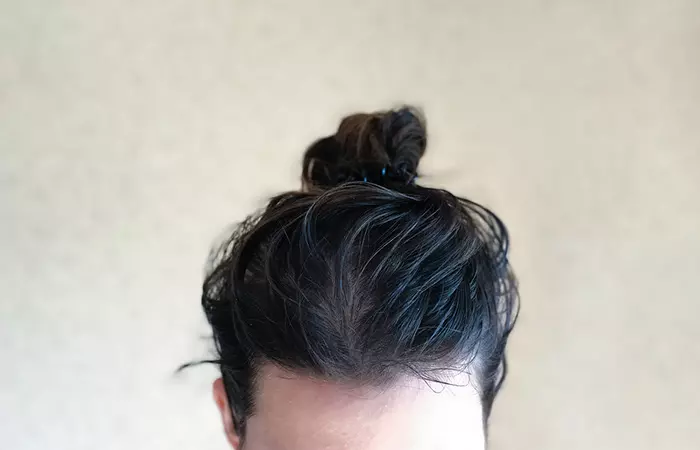
Do not wash your hair a day or two before bleaching. The natural oils in the scalp act as a thin barrier between the strands and the bleach. Shampooing may wash out the natural oils. Moreover, if the hair is a little greasy, it will not affect the bleach results or color payoff. Many top hair color and hair dye brands add essential oils to their bleaches to minimize hair damage while bleaching.
While washing your hair, you may accidentally scratch or cut your scalp, which might lead to irritation during the bleaching process. Hence, hair stylists recommend refraining from washing your hair before a bleaching treatment.
4. Apply Hair Oil
Nourishing the hair with coconut oil before bleaching will add an extra layer of protection to the hair. Our hair is made of keratin (the hair protein), and coconut oil minimizes protein loss and strengthens the hair (1). Additionally, it also softens the hair and keeps it smooth. Start oil massage at least a week before bleaching. You may even apply a thin coat of coconut oil right before bleaching to minimize damage.Note
: Apply only the recommended amount of oil as mentioned on the product label. Applying too much oil might hinder the bleaching process.
5. Apply Hair Mask For Deep Conditioning
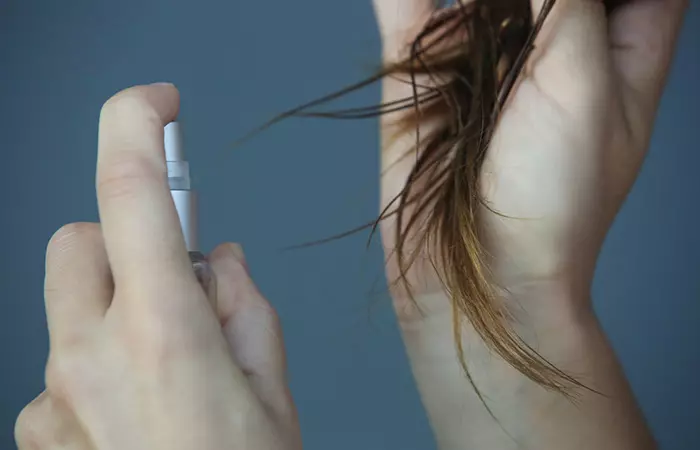
Hair masks are the best way to deep condition your dry and damaged hair. You can get hydrating hair masks from the store or go the DIY way. Mix nourishing oils like coconut and olive oils and apply to the hair. You may also use a DIY mask by mixing yogurt, honey, banana, avocado, and egg and use it once or twice a week. For best results, start using hair masks at least two weeks before bleaching. Also note, that hair conditioning is an important step that does not end at the prep stage and you will need to follow a strict, regular routine to hydrate your hair after bleaching.
6. Be Honest With Your Stylist
Your hair colorist needs to know how you treated your hair before your salon appointment for hair bleaching. They need to know everything about your previous color experiments or mishaps, the frequency of chemical and color treatments, and all other hair experiments you did. This will help them understand the level of damage and adjust the formula accordingly. Also, be open to your stylist’s advice to achieve your hair color goals.
7. Consult A Professional
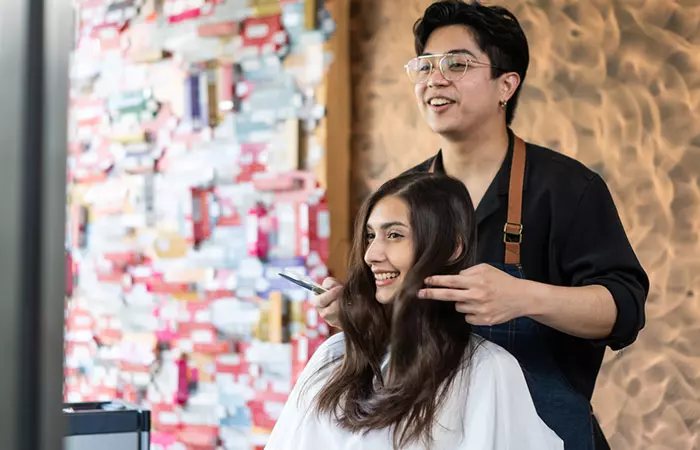
Consult a professional colorist or hairstylist and let the professionals evaluate your hair health, especially if you plan to bleach hair at home for a budget makeover. Discuss the potential damage and the number of sessions you may need to get the desired color. Consulting a professional will help you understand if your hair is ready to take the chemical blow that comes with bleaching. This will also give you an idea about pre- and post-bleach hair care and what products to use after bleaching.
 Quick Tip
Quick TipBefore you bleach your hair, you should be clear about the expectations and how you should treat your hair. Here are a few pointers to remember.
Key Takeaways
- Wait at least 2 weeks before bleaching chemically treated hair as it may cause further damage.
- Avoid washing your hair 1-2 days before bleaching as the oils may act as a protective barrier against the bleach.
- Use moisturizing shampoos and conditioners to prevent dryness before bleaching your hair.
- Include purple shampoos and hair repair masks into your post-bleaching hair care routine to nourish and heal your hair.
Points To Remember

- Do not skip any chance to moisturize your hair. Use moisturizing shampoos, conditioners, hair masks, and treatments before your salon appointment.
- Plan a good and mindful aftercare routine to look after your bleached hair as bleaching is an extremely harsh, damaging process, especially if you are doing multiple sessions to lighten naturally dark hair.
- Opt for multiple sessions and a gradual blonding process to minimize damage. You can get bright bleached hair in just one session, but it might not be the best decision for your hair.
- Bleached hair needs special shampoos. Purple shampoos work great for toning naturally blonde and bleached hair. Hence, upgrade your hair care routine. Use a moisturizing shampoo and conditioner to nourish your hair and prevent dryness.
- People with pale skin tones look fabulous in ashy and platinum shades, while people with warmer skin tones look great in golden hues. Choose your bleaching formula accordingly.
- Keep in mind that using a bond-building treatment before bleaching can help maintain your hair’s strength. These treatments are supposed to be designed to protect the hair structure, making it less likely to be damaged during the bleaching process.
 Quick Tip
Quick TipInfographic: Easy Tips To Help Prepare Your Hair Before Bleaching
Bleaching is one of the necessary steps before getting your hair colored. However, it often causes hair damage and hair fall. To avoid damage and improve your hair health, you need to prepare your hair the right way. We have compiled some easy hair preparation tips that you should keep in mind before bleaching your hair. Check out the infographic below to know more. Illustration: StyleCraze Design Team
Bleaching may harm your hair if not done correctly. You must prepare your hair for bleaching hair months in advance to minimize damage. Follow the suggestions discussed above in the article to ensure that the bleaching process does not damage your hair, and gets an even color tone. Keep your hair nourished and damage-free by using hydrating hair products and oils. Keep in mind that failing to take the necessary safety measures may make your hair brittle and rough. Always seek the assistance of a hairstylist to understand your hair’s state and be open to any suggestions for maintaining healthy hair.
Frequently Asked Questions
What should I do if my hair feels damaged after bleaching?
If your hair feels damaged after bleaching, use deep conditioning treatments and avoid heat styling for some time. Bond-building products can help strengthen your hair, and seeking advice from a professional stylist is also a smart option.
Do I shampoo after bleach?
Yes! To keep your locks healthy and shiny after bleaching, be sure to wash your hair with a gentle shampoo and warm water. Use your fingertips to gently massage your scalp, avoiding harsh scratching with nails.
Which oil is best for bleached hair?
Coconut oil! Transform your tresses with the power of coconut oil, a wondrous ingredient known for its ability to deeply nourish hair from within. Bleaching can strip hair of its nutrients, but coconut oil penetrates the hair to restore its health.
How long before bleaching should I stop using any hair color products?
It is best to avoid any coloring or processing for at least three months prior, If you’re planning on bleaching your hair. This is because bleach works best on hair that hasn’t been previously processed.
Can I bleach my hair if I have an oily scalp or dandruff?
Yes, you can bleach your hair even if you have an oily scalp or dandruff. Greasy hair is ideal for bleaching because the natural oils shield your scalp from chemical damage. Avoid bleaching your roots if you have dandruff as it can be harmful to your scalp and worsen the condition.
Can I bleach my hair if I have previously relaxed or permed hair?
No, bleaching hair that’s been previously relaxed or permed is not a good idea. Chemical relaxers and perms already cause hair to weaken. Bleaching could lead to more damage and breakage. To be safe, wait at least four to six weeks after your perm or relaxer before bleaching your hair.
Should I use heat while bleaching my hair?
No. Avoid using heat to speed up the bleaching process. Using a blow dryer or other heat sources can cause your hair to over-process, leading to breakage and skin irritation. Most stylists agree that heat should only be used sparingly during the bleaching process and definitely not on already-bleached hair.
Can I bleach my hair if I have hair extensions or weaves?
No, if you want to bleach your hair extensions, make sure they’re made of real human hair, or they may not be able to handle the bleaching process. It is important to remember that most hair extensions have already undergone some harsh treatments and this could weaken them further. Do a strand test to avoid further damage.
Preparing your hair before bleaching is essential. Watch this video to know the simple and essential tips you need to follow before coloring your hair.
Personal Experience: Source
StyleCraze's articles are interwoven with authentic personal narratives that provide depth and resonance to our content. Below are the sources of the personal accounts referenced in this article.
i. My Hair Story – How I damaged my hairhttps://rachwat.wordpress.com/2014/07/25/my-hair-story-how-i-damaged-my-hair/
References
Articles on StyleCraze are backed by verified information from peer-reviewed and academic research papers, reputed organizations, research institutions, and medical associations to ensure accuracy and relevance. Read our editorial policy to learn more.
- Hair Cosmetics: An Overview
https://www.ncbi.nlm.nih.gov/pmc/articles/PMC4387693/
Read full bio of Tiffany Taylor
Read full bio of Arshiya Syeda
Read full bio of Ramona Sinha
Read full bio of Medha Deb






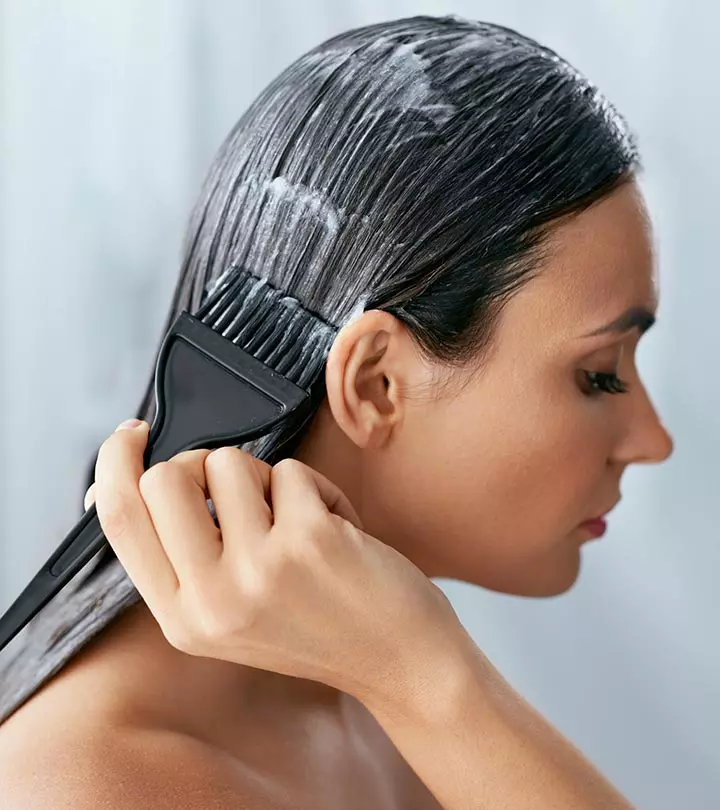
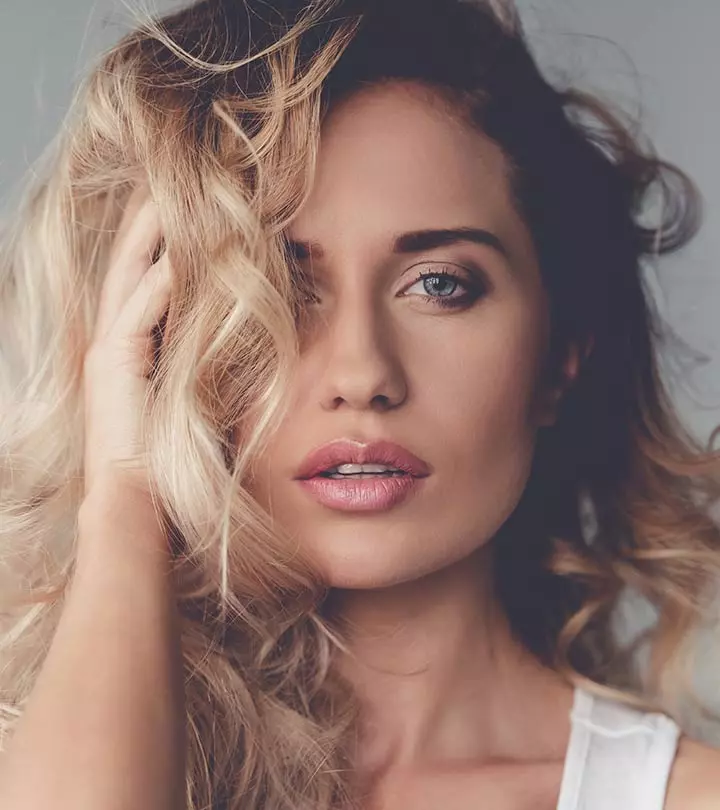
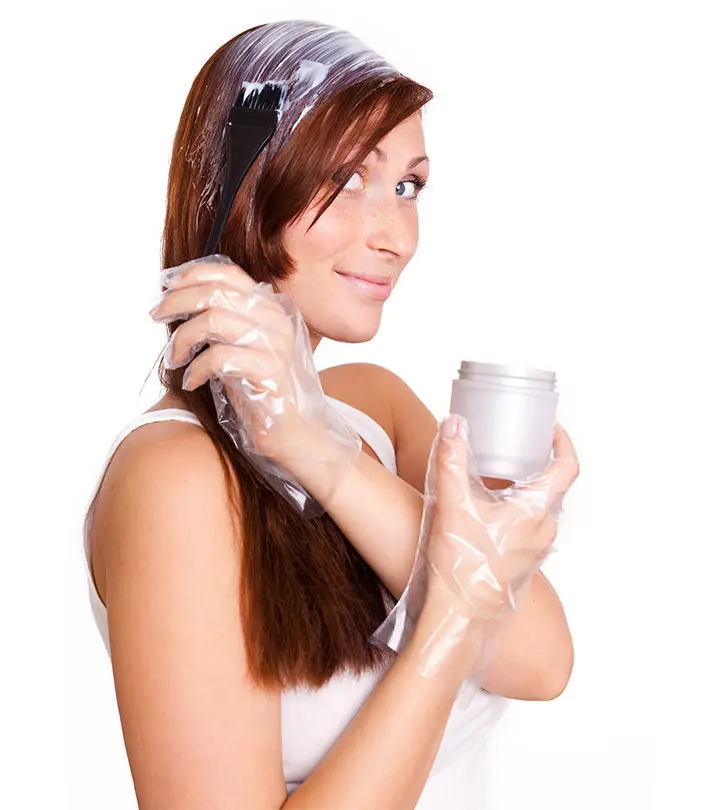
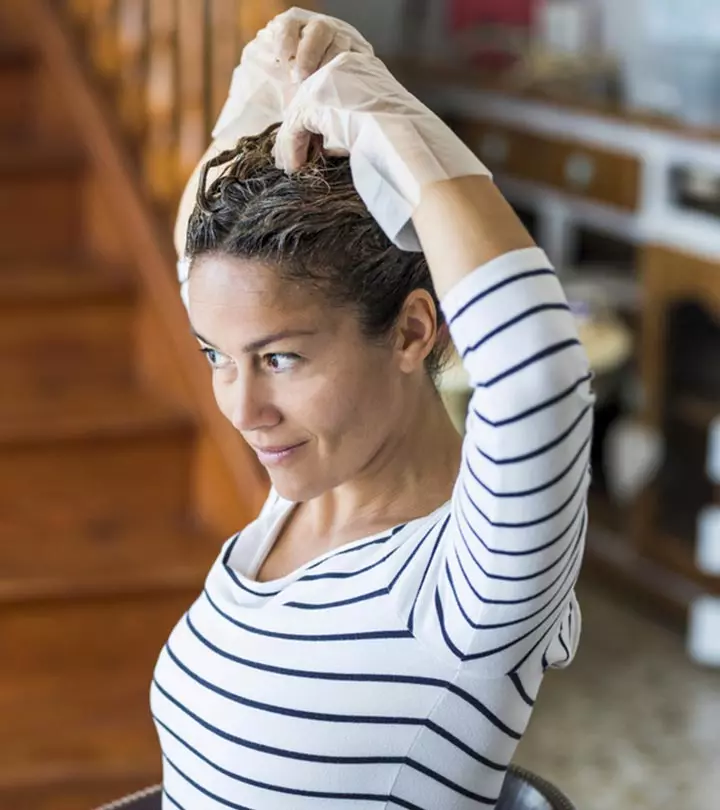
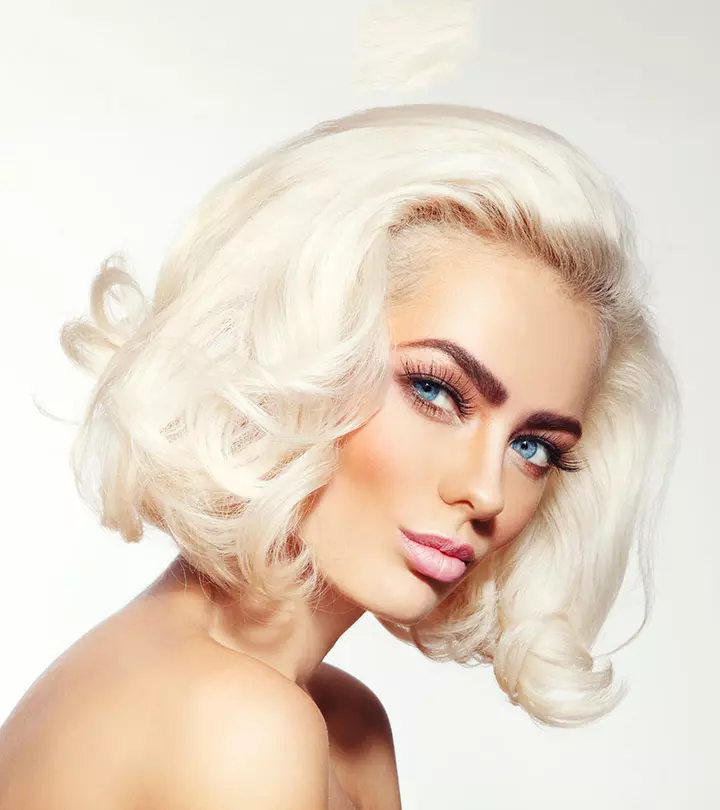
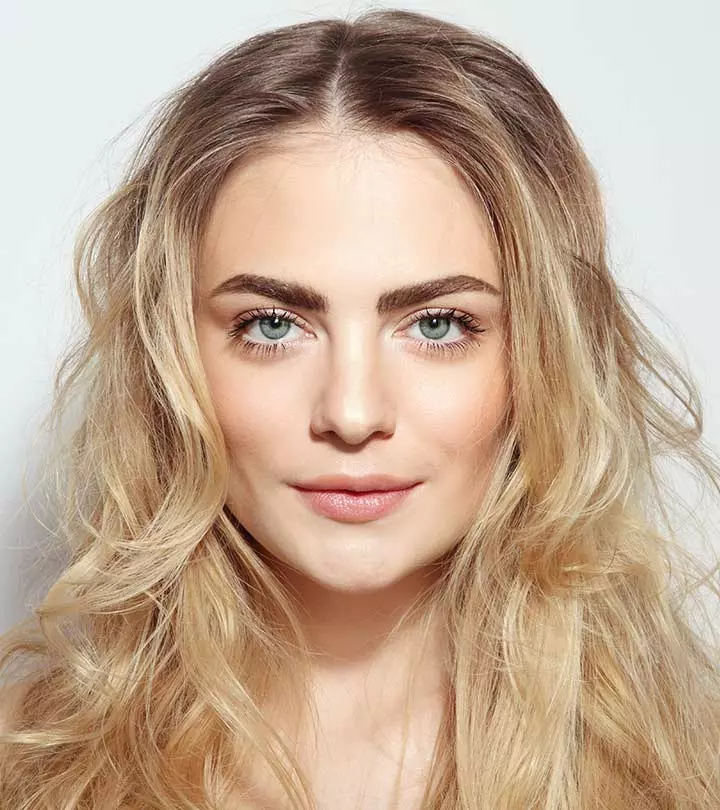
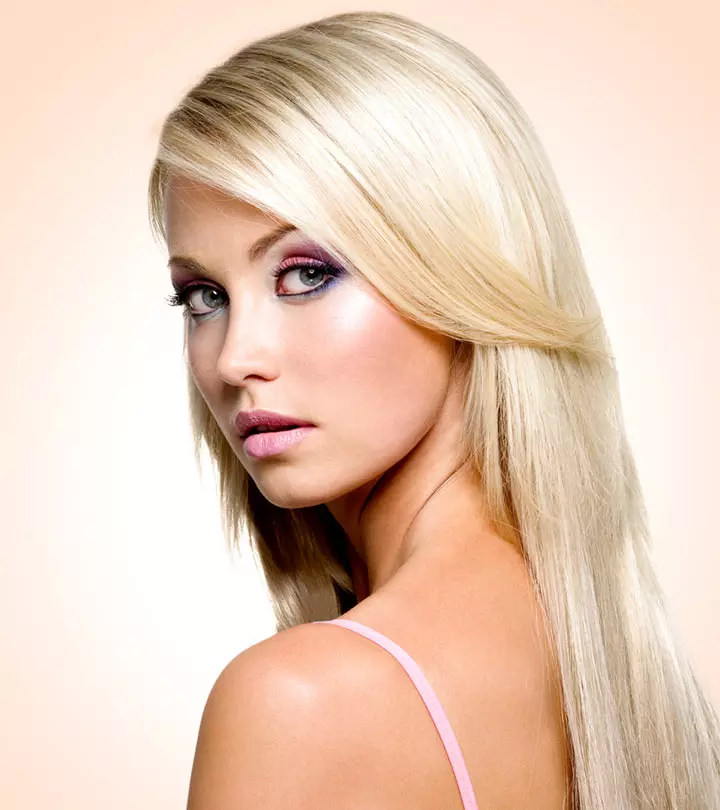
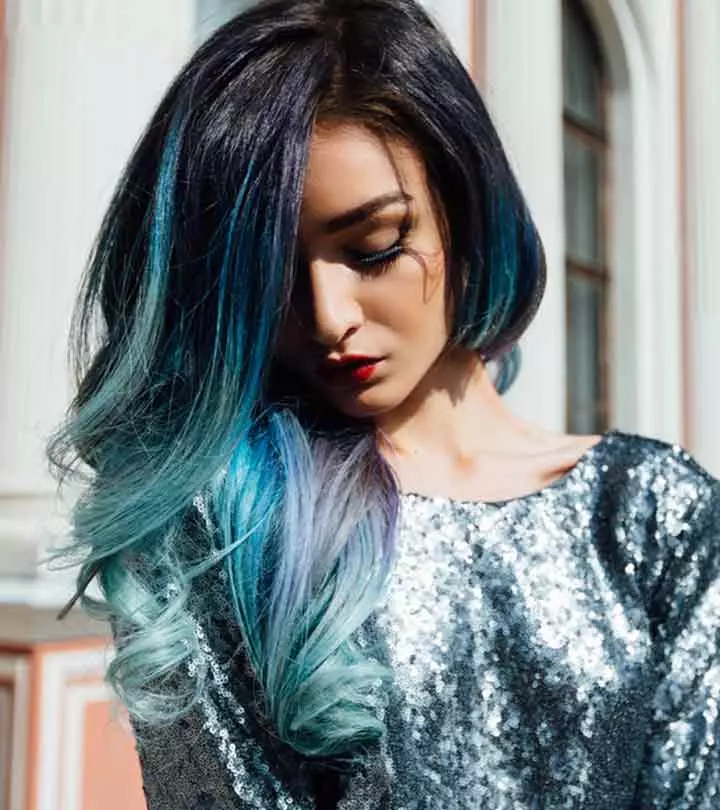
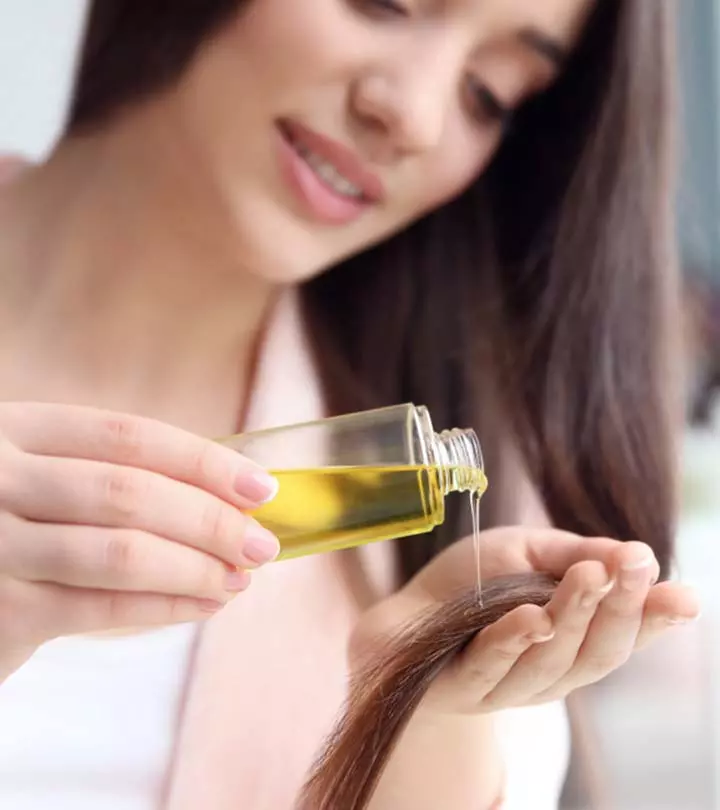
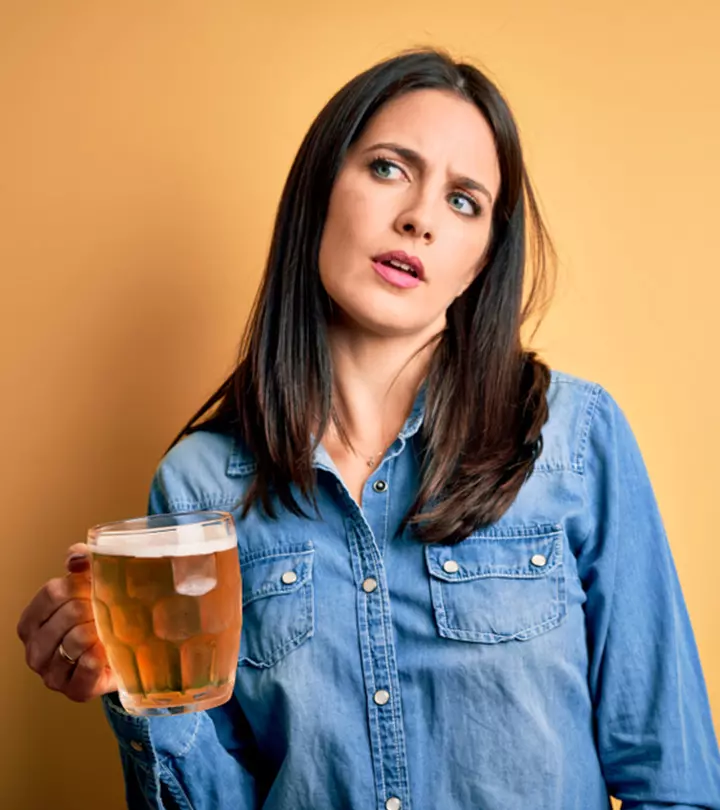
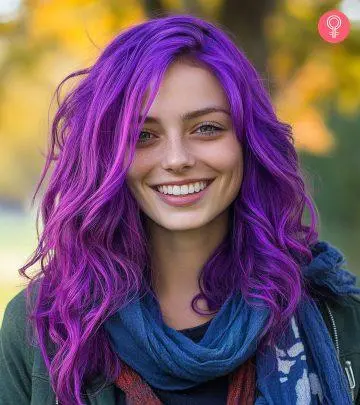
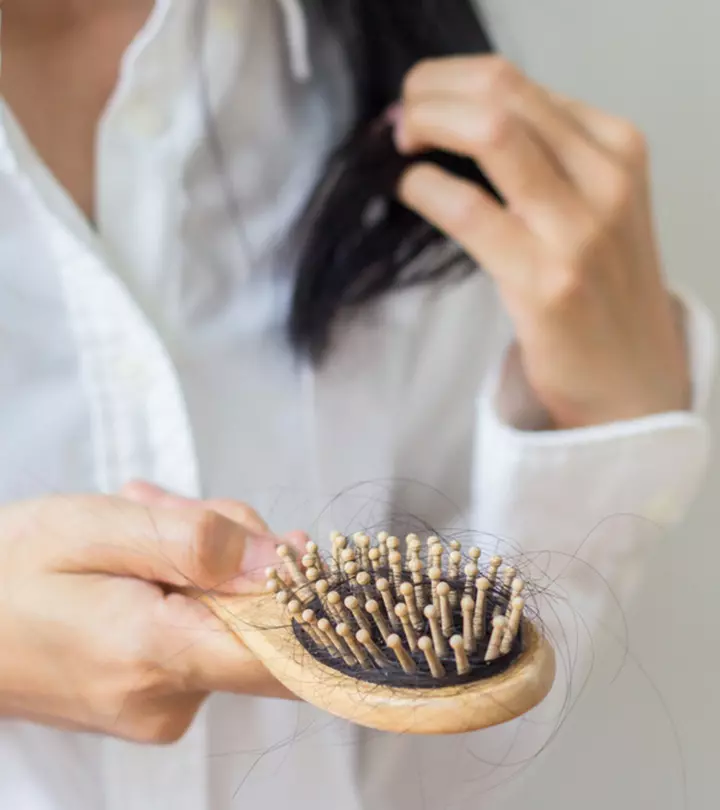
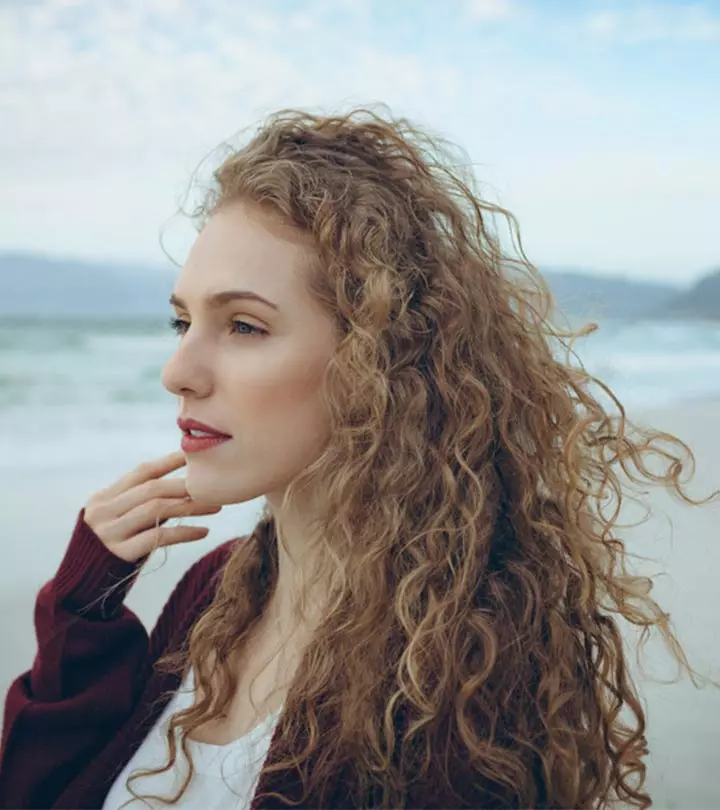
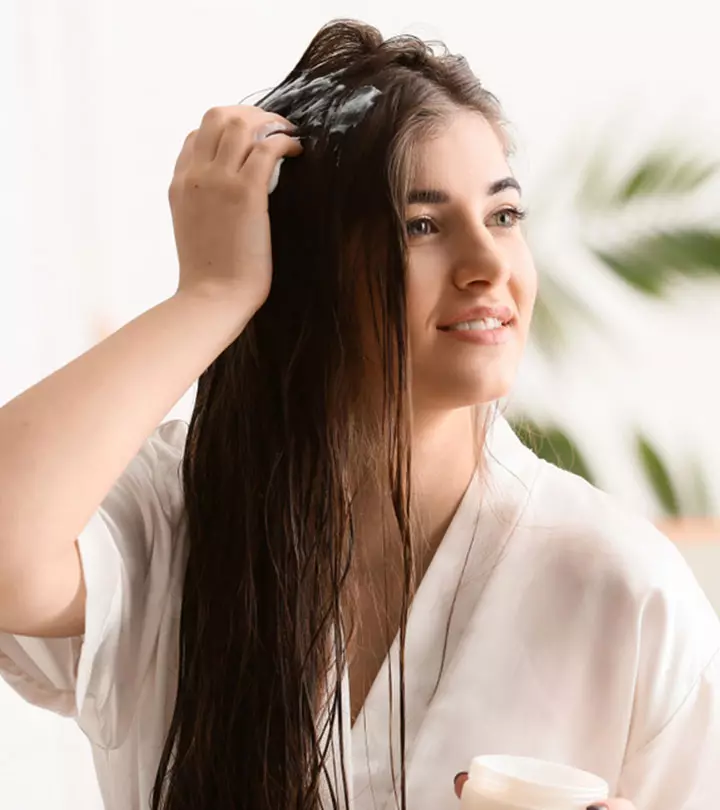
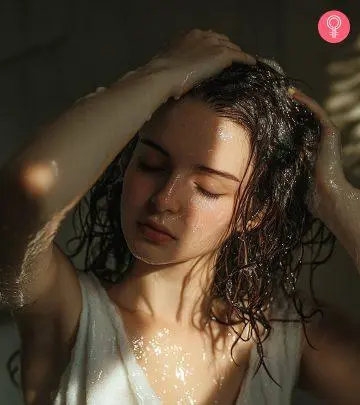
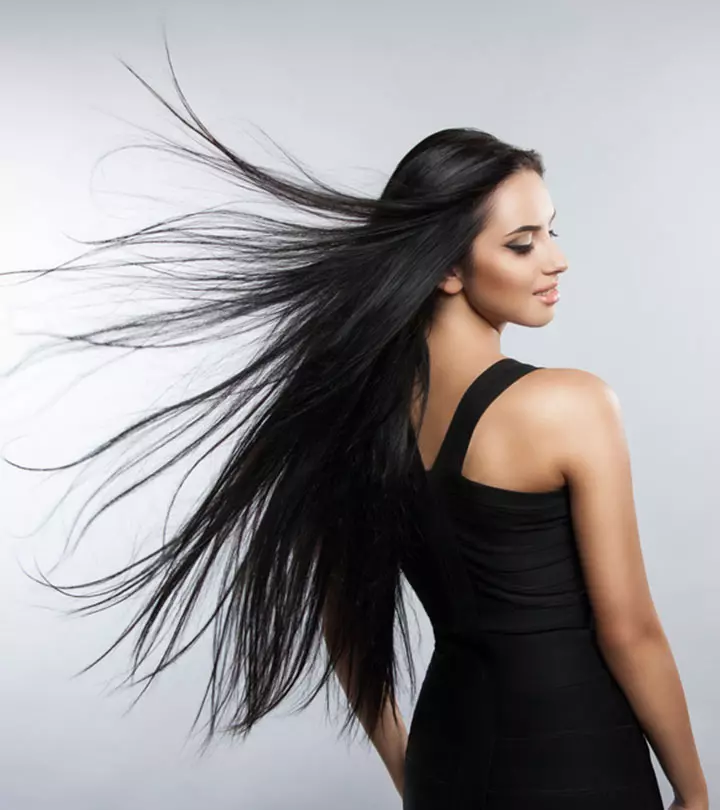
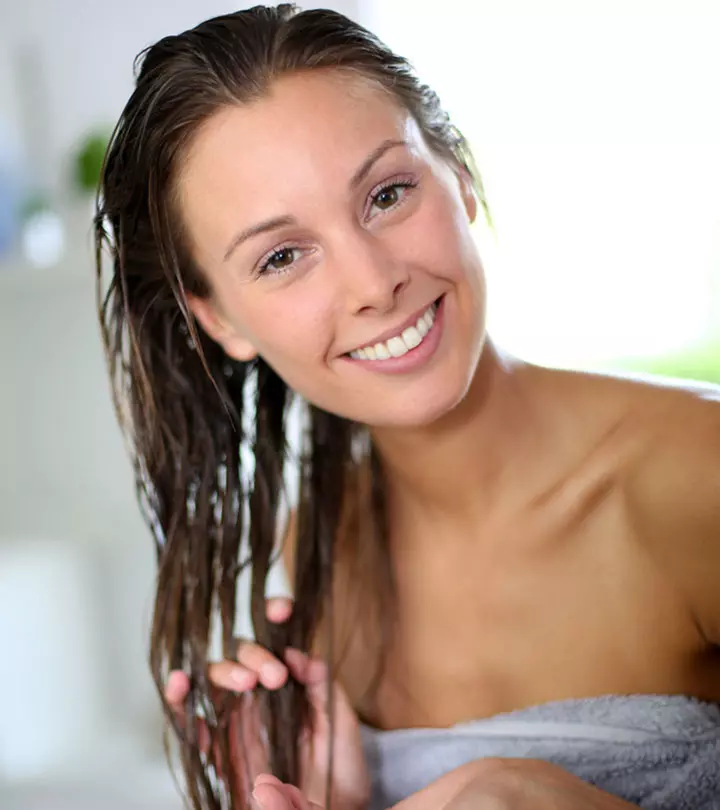
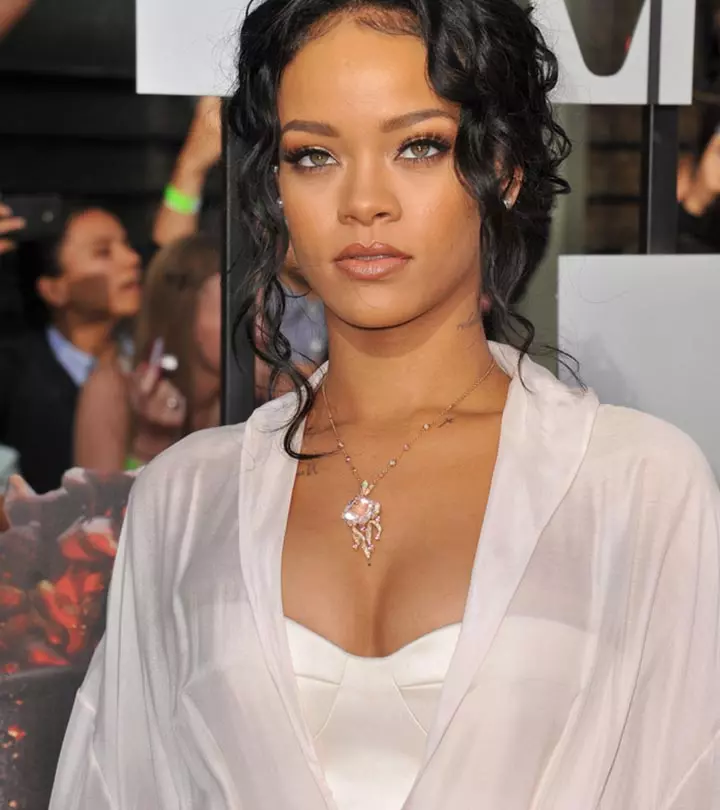
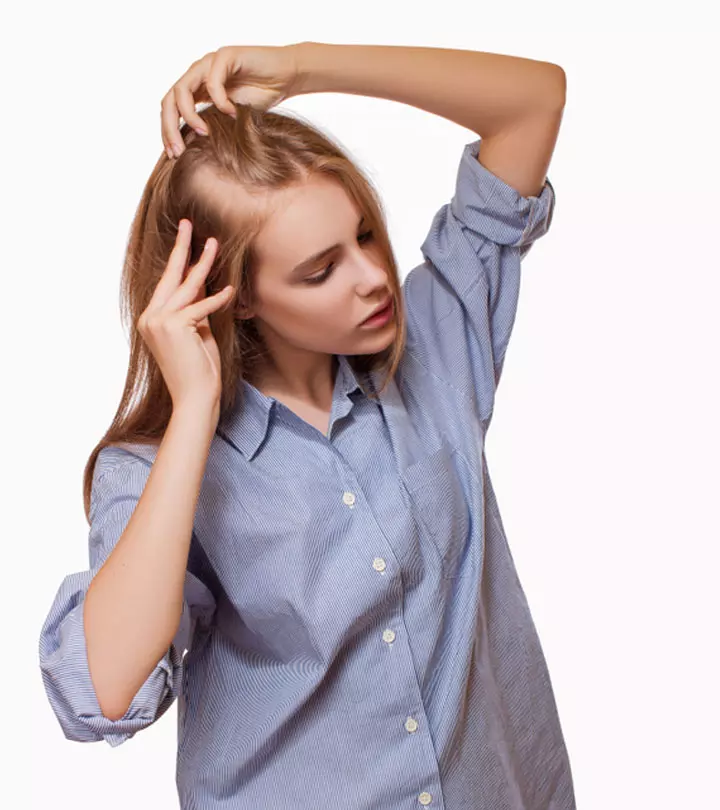
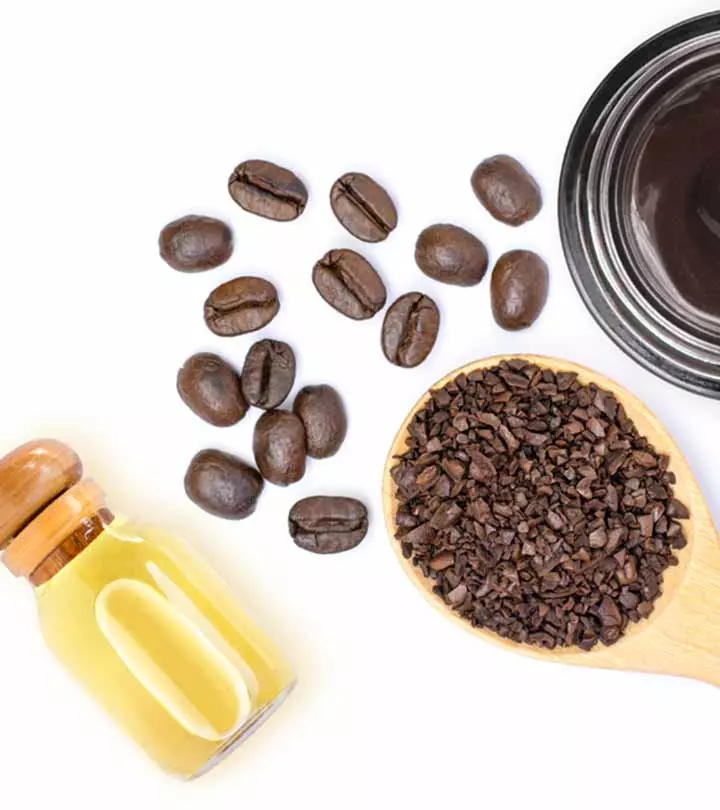
Community Experiences
Join the conversation and become a part of our empowering community! Share your stories, experiences, and insights to connect with other beauty, lifestyle, and health enthusiasts.